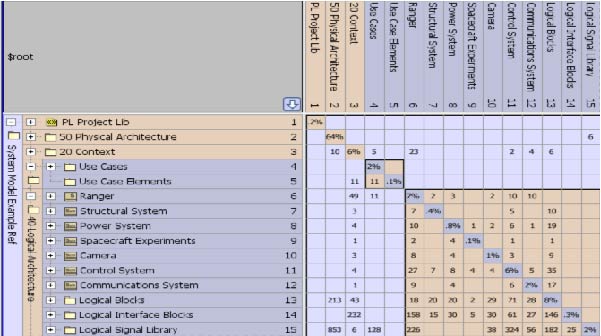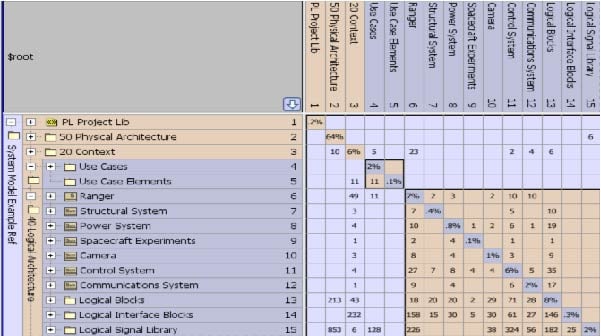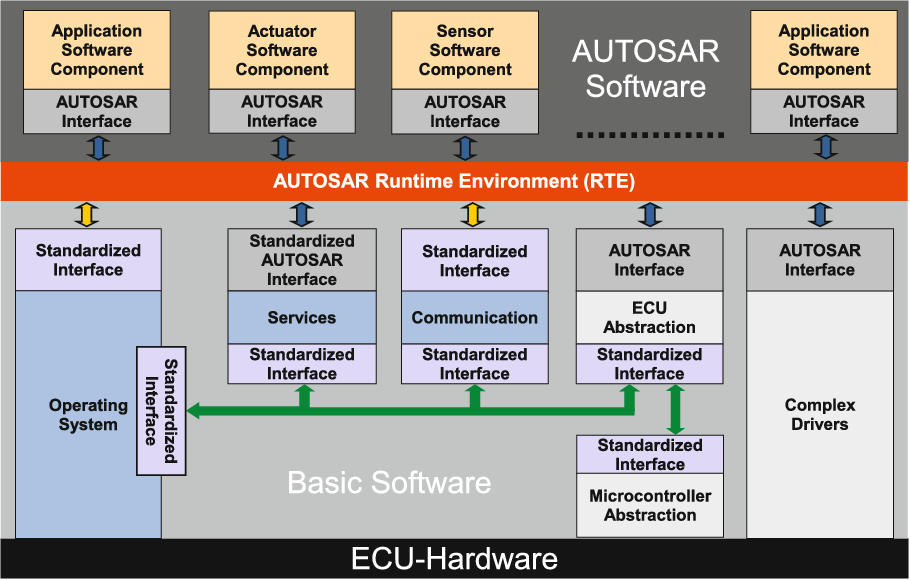Shifting MOSA (Modular Open Systems Approach) to the left

The weapons systems world is changing. The technology is improving rapidly, requirements for performance are increasing and weapons systems are often required to have 30-50 year service lifetimes. The DoD believes an open systems approach can help. An open system approach considers how a system will be supported throughout its lifecycle at the beginning of the project by using commercially available, widely used interface standards and a modular design approach to combine commercial products from multiple vendors to create a complete weapons system. For the DoD, the recommended method for implementing open systems is MOSA (Modular Open Systems Approach).
MOSA is a technical framework for both the development of new defense systems and modernizing legacy systems. The National Defence Acquisition Act (NDAA) is requiring that the components and technology of all major weapon systems use MOSA principles for the development, prototyping, and deployment. It has authorized that every model is identified, defined, and documented. They should also have modular and documented system interfaces.
The problem is that in most programs where MOSA is a requirement it is evaluated at the end of the project when it is too late (and too expensive) to make substantial architectural changes. Unfortunately, this leads to situations where MOSA becomes almost a formality.
Shifting the evaluation of MOSA to the left would make it more effective. With the widespread use of Model-Based System Engineering (MBSE) and SysML in defense programs, we now have the tools to do architectural analysis earlier in the process allowing for greater compliance with MOSA principles. To shift MOSA left we recommend:
- Taking metric snapshots after each iteration of the architecture. These metrics should adhere to the four major design aspects of modular design:
- Cohesion (the degree to which the elements inside a modular belong together)
- Encapsulation (Restricting of direct access to some of an object's components)
- Self-contained (does not constrain other modules)
- Use broad modular definitions to enable commonality and reuse
- Analyze your MBSE model with a Dependency Structure Matrix (DSM). A DSM can be used to prove the architectural modularity of a model and highlight areas of further improvement. The DSM detects unwanted/unnecessary coupling and with partitioning algorithms shows current modules in the system based on dependencies.

The benefit of this is that it allows for architectural changes earlier in the process when it is easier and less expensive. It allows projects to take full advantage of MOSAs benefits by truly adhering to MOSA and not becoming a formality at the end of a project.
Visit our Lattix - MOSA page to learn more
Some content drawn from MOSA When it Matters: Applying DSMs to Systems Architecture (presented at the 2021 International DSM Conference) by Michael J. Vinarcik and Heidi Jugovic Chief Systems Engineers and Digital Engineering Strategists, SAIC


.jpg)